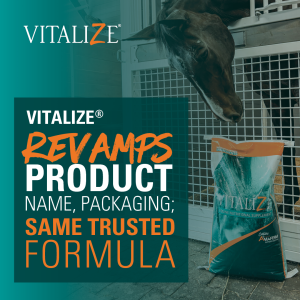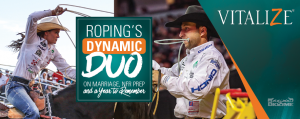One of the best ways to get a foal off to a good start is to make certain the broodmare is receiving proper nutrition to maintain her body condition and support fetal growth during the last third of gestation.
The requirements for energy, protein, lysine, calcium, phosphorus, copper, zinc and vitamins all increase when comparing maintenance to late gestation. The increase needed for lactation is even greater. These nutrients are essential for the development of the foal, particularly skeletal development. If the mare’s diet is deficient in calcium and phosphorus, she may deplete her own bone stores to maintain fetal development.
If energy intake is insufficient, she will lose body condition and not be in adequate body condition to support lactation and subsequent re-breeding after she foals. On the other hand, mares fed excess energy may become obese, which can contribute to problems foaling.
The foal is also developing its own body reserves of essential nutrients. A mare’s milk is quite low in copper and it is believed the foal relies on its own liver’s stores of copper until it is old enough to start consuming dry feed. It is essential to provide adequate dietary copper to the broodmare in the last third of gestation to allow the foal to develop body reserves prior to birth.
The feeding program for a broodmare in the last trimester of pregnancy should consist of good quality grass or legume forage and a feed designed for this purpose. It is advisable to have hay tested so the protein, calcium, phosphorus, copper and zinc levels can be verified and the test can be used to adjust the diet accordingly.
Mares should not be on fescue pasture during the last third of gestation unless it is endophyte free fescue. It is also advisable to avoid sorghum sudan grasses.
Amaferm plays a key role in all of these requirements. Amaferm helps the mare maximize the value of her pasture, hay and/or feed by ensuring she utilizes every bit of what she eats. Amaferm also maximizes the energy the mare extracts from the diet with the average increase provided equating 16%. Sixteen percent more energy means better body condition and more lactation for the mare. That’s all good.
Proper nutrition and health care in the last third of gestation are the best tools to make certain the foal comes out kicking and mom is ready to breed back easily.

